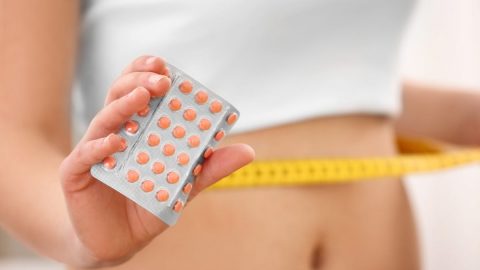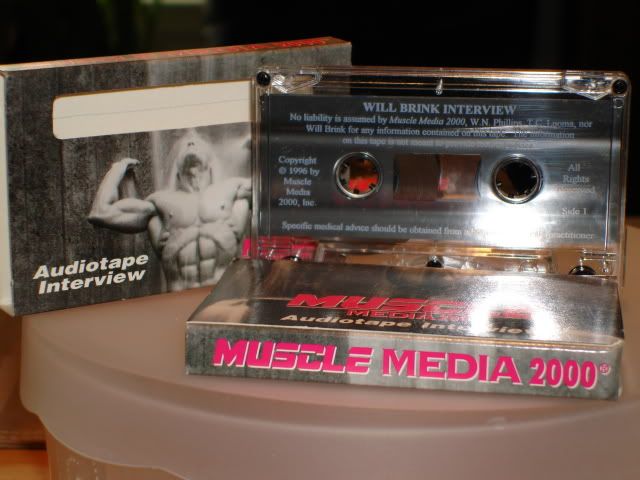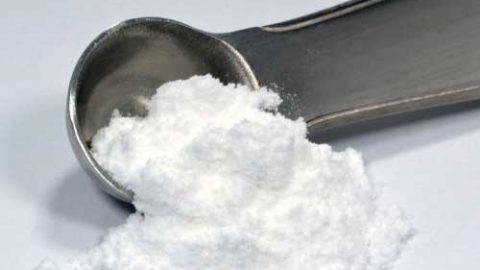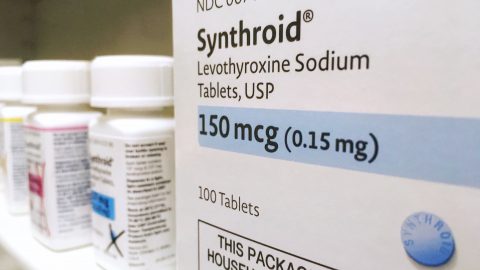The questions in the FLR Quiz are directly relevant to your success losing bodyfat, and they come directly from my ebook Fat Loss Revealed. They are directly relevant to the “real world” knowledge required to obtain your goals along the continuum discussed in the article “Knowledge is Power.” The quiz is not very long, but gives a solid sample of what people should know if they wish to be informed and educated about nutrition and supplements as it applies to the goals listed in the continuum, such as losing fat, improving performance, etc. Take note, I have put these quizzes on my forums and most members could answer most of them, so they are not designed to simply make people feel ignorant. They are designed to be challenging, and let people test their knowledge of the topic; topics which will ultimately help them obtain their goals. Are you ready? The answer key is at the end after the quiz so you can score yourself!
QUIZ
(1) What are the drawbacks of ion exchange whey vs CFM whey for health and possible appetite suppression?
(a) ion exchange has too much sodium
(b) CFM lacks glycomacropeptide (GMP)
(c) Ion exchange lacks lactoferrin
(d) Ion exchange is mostly Beta-lactoglobulin and low GMP
(2) Which form(s) of HCA may prove to be most effective?
(a) calcium-HCA
(b) Magnesium/potassium-HCA
(c) Calcium/magnesium-HCA
(d)Potassium/pyruvate-HCA
(3) The hormone(s) CFM whey may affect, thus reducing appetite is:
(a) thyroid hormones, t3 and t4
(b)testosterone
(c) leptin
(d ) Cholecystokinin
(4) Flax oil is mostly:
(a) The Omega-3 lipid EPA
(b) The Omega-3 lipid DHA
(c) The Omega-3 lipid LNA
(d) The Omega-3 lipid LA
(5) From a thermic and hormonal point of view, the least likely macro nutrient to convert to bodyfat is:
(a) alcohol
(b) protein
(c) fats
(d) carbohydrates
(6) A high protein diet would be defined as:
(a) 1g per pound of bodyweight
(b) one gram per lb of LBM
(c) any intake above the RDA
(d) all of the above
(e) none of the above
(7) Your resting metabolic rate (RMR) accounts for what percent of daily calories burned:
(a) 30%- 40%
(b) 44%-50%
(c) 70%-75%
(d) 20-39%
(8) How many mg of a “good” standardized yohimbe product will it take to get 12mg of the active yohimbine?
(a) 300mg
(b) 100mg
(c) 200mg
(d) 500mg
(9) Yohimbine is a:
(a) alpha-2 andrenergic antagonist
(b) alpha-2 andrenergic agonist
(c) beta -2 adrenergic antagonist
(d) beta-2 adrenergic agonist
(10) The best way to avoid problems with “fat blockers” such as Chitosan:
(a) take it with the fat soluble vitamins and EFAs
(b) take it with vitamin C
(c) take it separate from fat soluble vitamins and EFAs
(d) take it with a high fat meal
(11) MCT oils lack:
(a) vitamin C and B
(b) Vitamins E,D, and K
(c) EFAs
(d) None of the above
(e) B and C
(12) Some studies suggest, in sufficient doses. Tyrosine can:
(a) raise testosterone
(b) lower cortisol
(c) raise cortisol
(d) lower cholesterol
(13) Phosphates may effect the metabolism by:
(a) increasing RMR
(b) decreasing RMR
(c) increasing thyroid hormones
(d) B and C
(e) a and c
(14) Flax oil contains mostly:
(a) Omega-3 and Omega-9 lipids
(b) Omega-3 and mono unsaturated
(c) Omega-3 and GLA
(d) Omega-3 and Omega 6 lipids
(15) The “fat burner” with the most research behind it for fat loss is:
(a) nor-ephedrine,
(b) theophyline,
(c) Ephedrine/caffeine
(d) synephrine,
(e) yohimbine
(16) Thermogenic stimulants (e.g. ephed/caff, etc.) should not be used if:
(a) you are overweight
(b) you have high cholesterol
(c) you have high blood pressure
(d) you have never worked out
(17) To date, the amount of 7-keto-DHEA that appears to assist in weight loss in humans is:
(a) 100mg per day
(b) 200mg per day
(c) 200mg two times per day
(d) 200mg three time per day
(18) Syndrome X:
(a) Afflicts 70 – 80 million people, almost one third of Americans
(b) Is linked to obesity and weight gain
(c) Is associated with diabetes
(d) Is associated with high blood pressure
(e) Is a common factor in cardiovascular disease and stroke
(f) Is a primary cause of a lowered metabolism and fatigue
(g) b and e
(h) all of the above
(19)When trying to lose weight, it’s best to reduce:
(a) saturated fats
(b) mono unsaturated fats
(c) polyunsaturated fats
(d) all fats
(20) A poly unsaturated fat has:
(a) a single double bond
(b) multiple double bonds
(c) no double bonds
(d) none of the above
Answer Key
1= D
2= B
3= D
4= C
5= B
6= E
7= C
8= A
9= A
10= C
11= E
12= B
13= E
14= D
15= C
16= C
17= B
18= H
19= A
20= B
Will Brink is the owner of the Brinkzone Blog. Will has over 30 years experience as a respected author, columnist and consultant, to the supplement, fitness, bodybuilding, and weight loss industry and has been extensively published. Will graduated from Harvard University with a concentration in the natural sciences, and is a consultant to major supplement, dairy, and pharmaceutical companies.
His often ground breaking articles can be found in publications such as Lets Live, Muscle Media 2000, MuscleMag International, The Life Extension Magazine, Muscle n Fitness, Inside Karate, Exercise For Men Only, Body International, Power, Oxygen, Penthouse, Women’s World and The Townsend Letter For Doctors.
He’s also been published in peer reviewed journals.
Will is the author of the popular e-books, both accompanied by private members forum access , Bodybuilding Revealed & Fat Loss Revealed.
You can also buy Will’s other books on Amazon, Apple iBook, and Barnes and Noble.







hey Will
im reading of late that saturated fats are ok for fat loss like butter, coconut oil and fat from meats etc. even the poliquin centres encourage taking butter etc. . . . pls clarify. thanks.
Hey Will, I have a suggestion to make – those acronyms / abbreviations really puzzle people who have read the eBook a while back and hence defeats the purpose of the quiz. Suggestion – give some back ground to take out the concept / knowledge required; than to test someone’s mental retention power. Thx!! -AJ